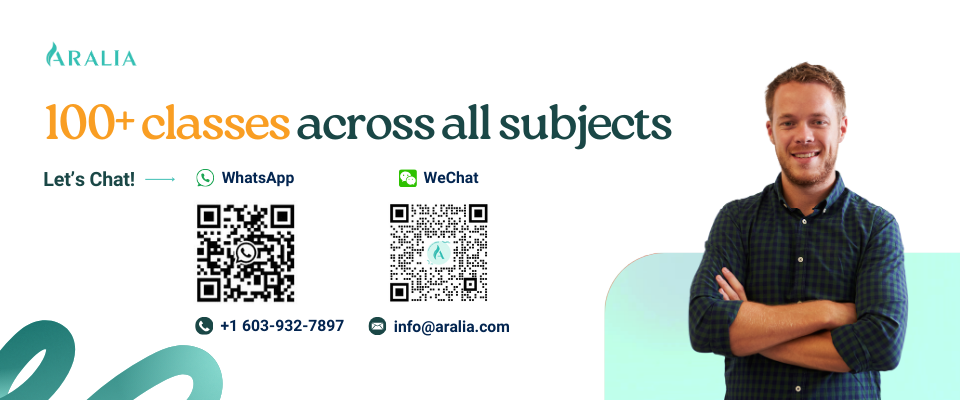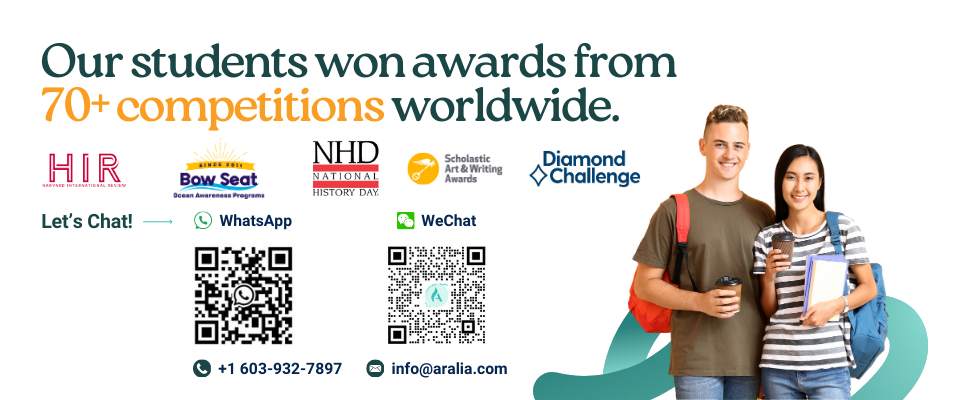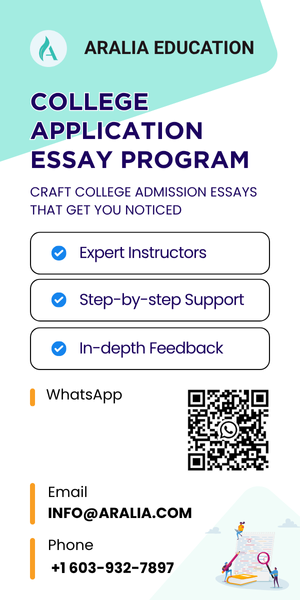Computer science (CS) was the major that parents urged their children to pursue, that politicians championed, and that universities invested heavily in promoting. But as we move deeper into the AI era, that promise of a “golden ticket” is showing alarming cracks. Beneath the surface of the booming tech headlines lies a job market in flux, one where thousands of new CS graduates are competing for fewer roles, many of which are now being reshaped, reduced, or outright replaced by AI.
A recent New York Times investigation sheds light on a troubling reality: The most in-demand major of the past decade is no longer a guaranteed path to prosperity. Instead, some graduates are finding themselves interviewing not at Google or Amazon, but at fast-food chains like Chipotle.
A Harsh Wake-Up Call for CS Graduates
The New York Times profiled graduates like Manasi Mishra, whose résumé reads like the blueprint for tech success:
- Grew up near Silicon Valley, the heart of America’s innovation economy
- Built her first website while still in elementary school
- Took advanced programming courses in high school
- Graduated from Purdue University’s top-ranked CS program
Yet, after sending out dozens of applications, Mishra heard nothing from the tech companies she had spent years preparing to join. The only callback came from Chipotle, a popular Mexican fast-food chain, for a food-making position.
Similarly, Zach Taylor, a lifelong game developer and 2023 graduate of Oregon State University, submitted nearly 6,000 job applications in the past year. Thirteen interviews later, he still had no offers. Even a fallback application to McDonald’s ended in rejection, citing “lack of experience.”
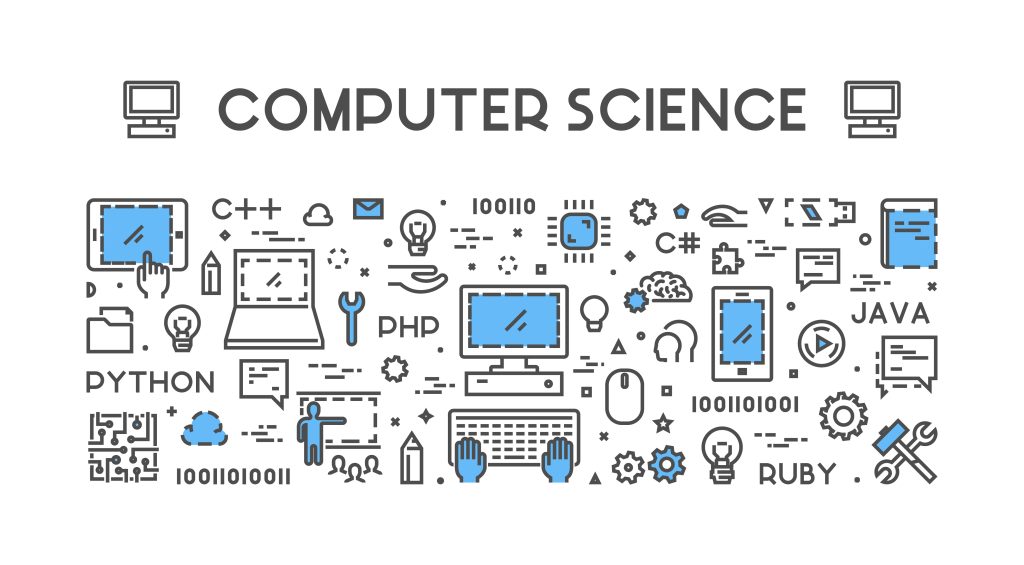
Unlock Your Programming Potential: Students in Our ACSL Competition Preparation Class Are More Likely to Secure Awards
Why This Is Happening
The CS pipeline has undergone significant changes over the past decade. By 2024, over 170,000 U.S. undergraduates were majoring in computer science, double the number from just ten years earlier. However, the AI wave is rewriting the rules. Tools like GitHub, Copilot, and CodeRabbit can now generate thousands of lines of code in seconds, automating tasks once performed by junior engineers.
Meanwhile, mass layoffs at major companies like Microsoft, Amazon, and Meta have drastically reduced the availability of internships and entry-level roles. Automated résumé-screening systems often reject applications before a human recruiter even sees them.
The result is a paradox: There are more CS graduates than ever, but fewer entry points into the industry.
More Candidates, Fewer Jobs
In 2012, a Microsoft executive claimed that CS graduates could expect starting salaries of over $100,000. Today, many can’t even secure an interview.
According to the New York Federal Reserve, unemployment rates among recent graduates (ages 22–27) look like this:
- Computer Science:1%
- Computer Engineering:5%
- Biology: ~3%
- Art History: ~3%
Should Students Switch to AI?
In response to the shrinking pool of entry-level coding jobs, educators and policymakers are encouraging a shift toward AI-specific skills.
- National AI Action Plan: In July, former President Donald Trump announced a federal initiative to channel more students into AI careers, similar to his 2017 push for computer science
- Corporate Investment: Microsoft pledged $4 billion to expand AI adoption and training, with company president Brad Smith stating they are “re-evaluating the role of AI in computer science education”
But experts caution that switching to AI isn’t as simple as swapping majors.
“Many universities have only just started teaching AI coding tools,” notes Tracy Camp, executive director of the Computing Research Association. “That leaves 2024 graduates mismatched with the skills employers need.”
In other words, the demand for AI talent is real, but the academic infrastructure to train students at scale is still catching up.
How Students Can Stay Competitive in the AI Era
The new reality demands a different mindset. Success will likely favor those who combine technical skills with adaptability and cross-disciplinary thinking.
To stay relevant, students might consider:
Double-majoring or minoring in fields closely tied to AI:
- Mathematics (AI algorithm foundations)
- Statistics (data analysis)
- Cognitive science and psychology (understanding human intelligence)
Pairing CS with design, product management, or business analytics to bridge AI technology with real-world applications
Go Beyond the Classroom
- Join open-source projects or AI developer communities to gain real-world collaboration experience
- Compete in AI hackathons or startup challenges to build interdisciplinary problem-solving skills
- Apply AI skills in internships or volunteer projects to build a tangible portfolio
Stay Market-Aware
- Follow trends in AI regulation, ethics, and commercialization—new opportunities may arise in governance, compliance, and applied AI sectors
- Develop skills in prompt engineering, AI integration, and human-AI collaboration—areas less likely to be fully automated
The key is finding the intersection between personal passion and AI capabilities to build a long-term, resilient career edge.
Aralia Students Are 3x More Likely to Place Top Computer Science Competitions
Majors with the Highest and Lowest Unemployment Rates
Highest Unemployment Rates (Top 10 Majors)
Major | Unemployment Rate | Median Starting Salary | Median Mid-Career Salary |
Anthropology | 9.4% | $42,000 | $70,000 |
Physics | 7.8% | $70,000 | $100,000 |
Computer Engineering | 7.5% | $80,000 | $122,000 |
Commercial Arts/Graphic Design | 7.2% | $48,000 | $75,000 |
Art | 7.0% | $42,500 | $70,000 |
Sociology | 6.7% | $45,000 | $70,000 |
Computer Science | 6.1% | $80,000 | $115,000 |
Chemistry | 6.1% | $55,000 | $90,000 |
Information Systems Management | 5.6% | $65,000 | $100,000 |
Public Policy & Law | 5.5% | $50,000 | $75,000 |
Even for majors with high unemployment, fields like physics and CS still offer strong salary growth for those who can break in.
Lowest Unemployment Rates (Top 10 Majors)
Major | Unemployment Rate | Median Starting Salary | Median Mid-Career Salary |
Nutritional Science | 0.4% | $54,000 | $75,000 |
Architectural Services | 0.7% | $70,000 | $100,000 |
Animal & Plant Sciences | 1.0% | $43,000 | $70,000 |
Civil Engineering | 1.0% | $71,000 | $100,000 |
Special Education | 1.0% | $45,000 | $55,000 |
Agriculture | 1.2% | $50,000 | $75,000 |
Early Childhood Education | 1.3% | $42,000 | $49,000 |
Aerospace Engineering | 1.4% | $76,000 | $125,000 |
Nursing | 1.4% | $65,000 | $84,000 |
Earth Sciences | 1.5% | $50,000 | $88,000 |
Low-unemployment majors share some common traits:
- Strong emphasis on hands-on skills and practical training
- Heavy reliance on human interaction or manual work
- Industries with ongoing talent shortages and slower AI adoption, meaning that AI can’t easily replace workers, at least in the short term
Not long ago, CS was more than a degree; it was a pathway to Silicon Valley. Now, it risks becoming one of the first major fields disrupted by AI.
But education is not about betting on the hottest trend. Its true purpose is preparing us to adapt, rethink, and thrive amid change.
In this sense, the most “future-proof” career may not appear in today’s rankings. It will likely belong to those who can blend human strengths, critical thinking, creativity, and emotional intelligence with the capabilities of AI.
Choosing a major still matters. But even more important is the willingness to keep learning, pivot when necessary, and rebuild when the landscape shifts. If you and your child are standing at a crossroads, this perspective may be just as valuable as the degree itself.
Excel in Coding and Problem Solving with Aralia’s ACSL Competition Prep
At Aralia, the ACSL Competition Prep program helps students build the skills and confidence needed to excel in the American Computer Science League (ACSL). The course includes two weeks of foundational programming followed by focused sessions covering all 12 ACSL topics, with off-topic problems before each contest to boost problem-solving skills. Taught by a former computer science teacher and an award-winning ACSL coach, the program offers expert instruction and proven mentorship to help students strengthen their problem-solving abilities and prepare them for success. For more information, visit Aralia | ACSL Competition Prep
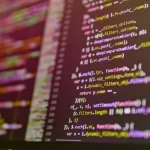
ACSL Competition Prep
The program begins with two weeks of dedicated programming practice to provide participants with an opportunity to enhance their skills. Subsequently, each of the 12 ACSL topics is allocated a two-week period, allowing ample time for in-depth exploration and understanding. Prior to each contest, participants are presented with two programming problems that are intentionally unrelated to the current topics. These problems are designed to enhance the coder’s skills and foster comfort in tackling diverse challenges.



